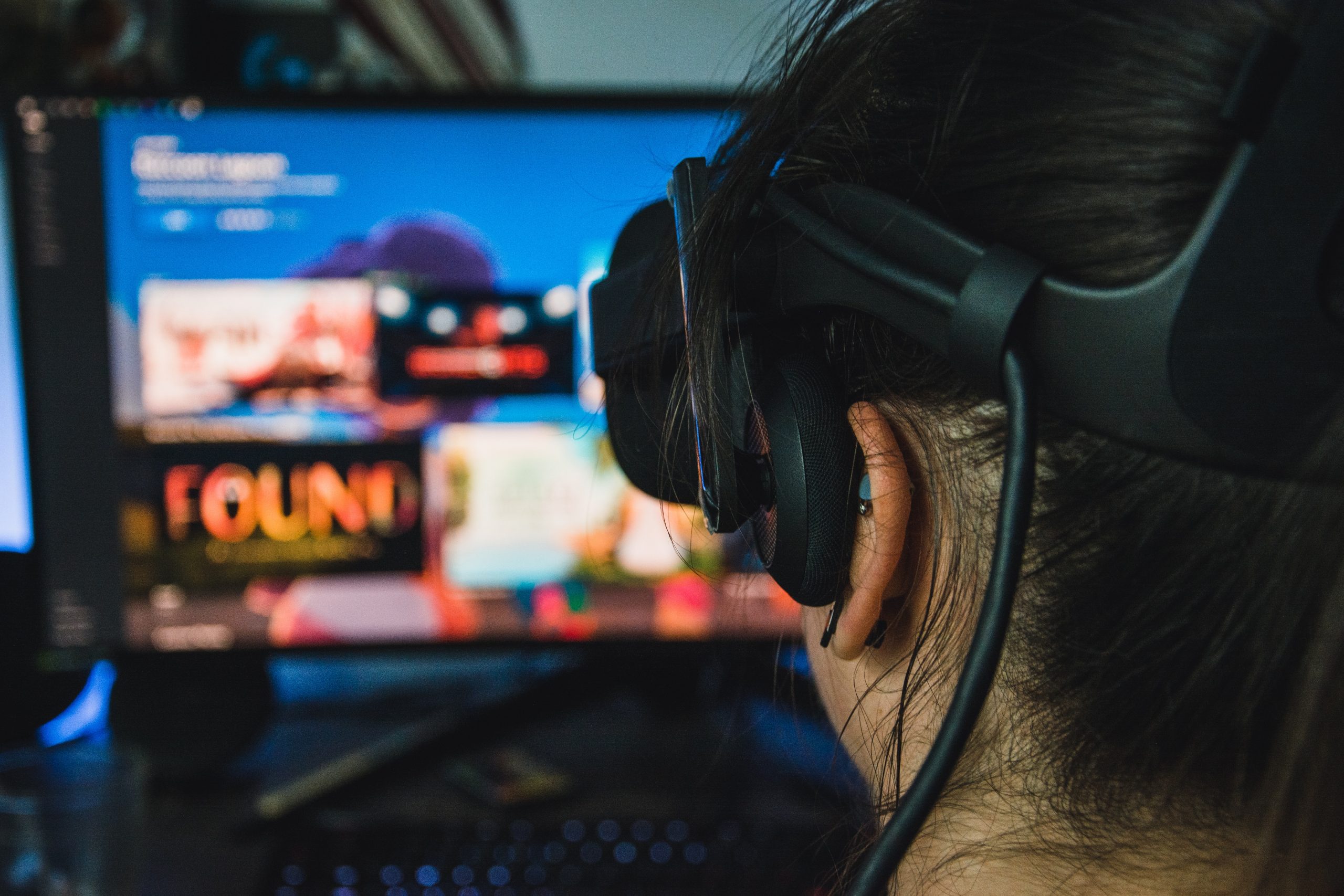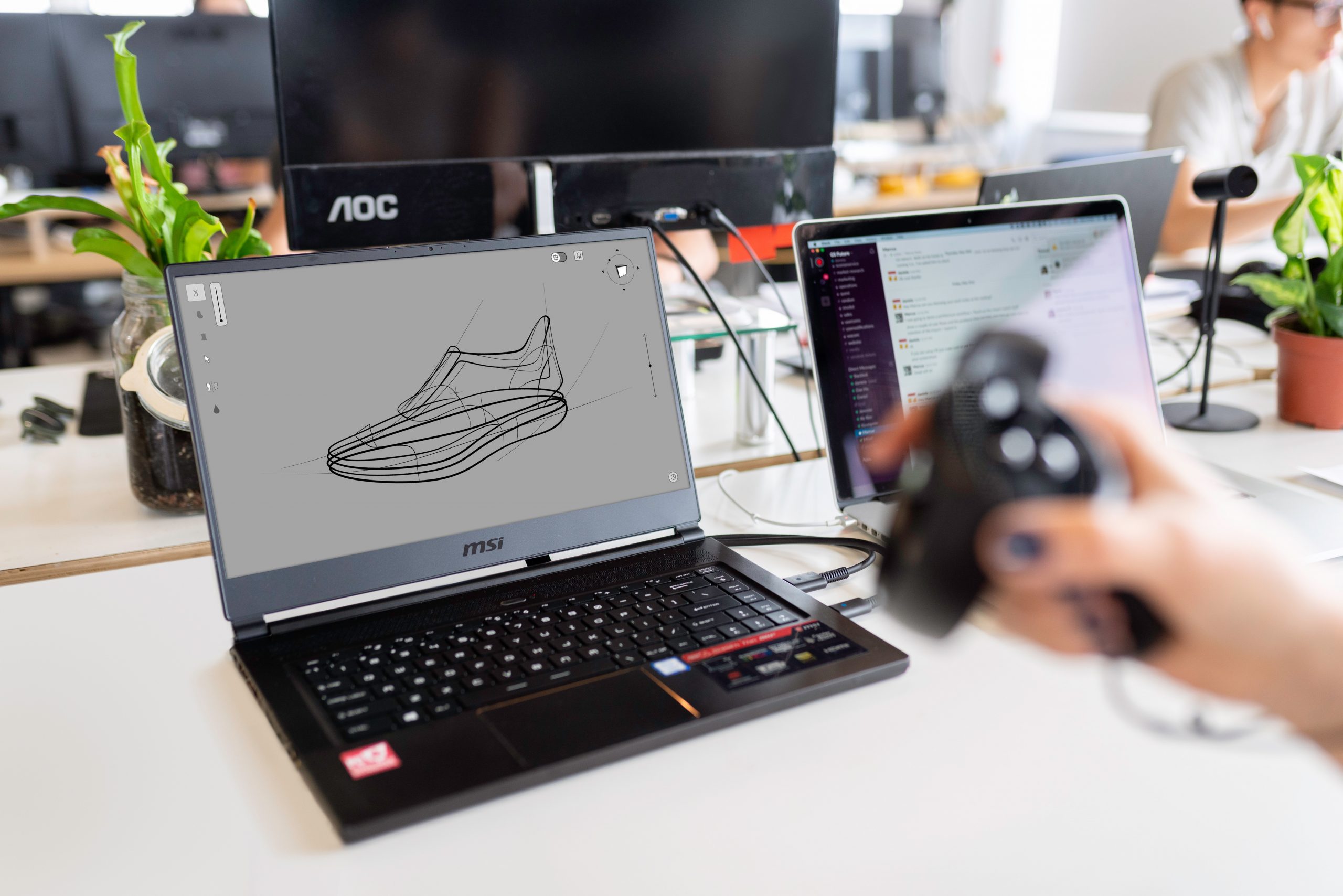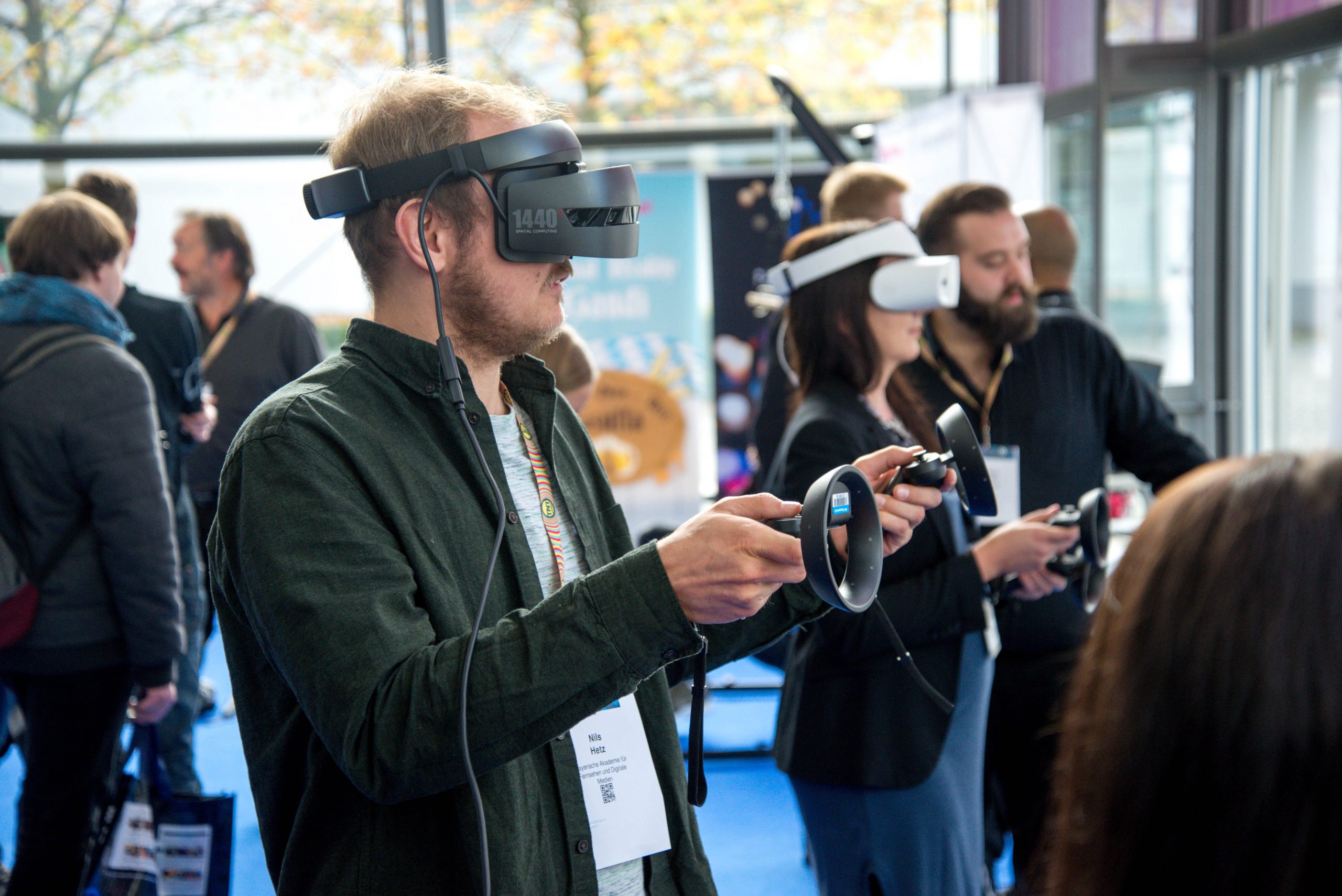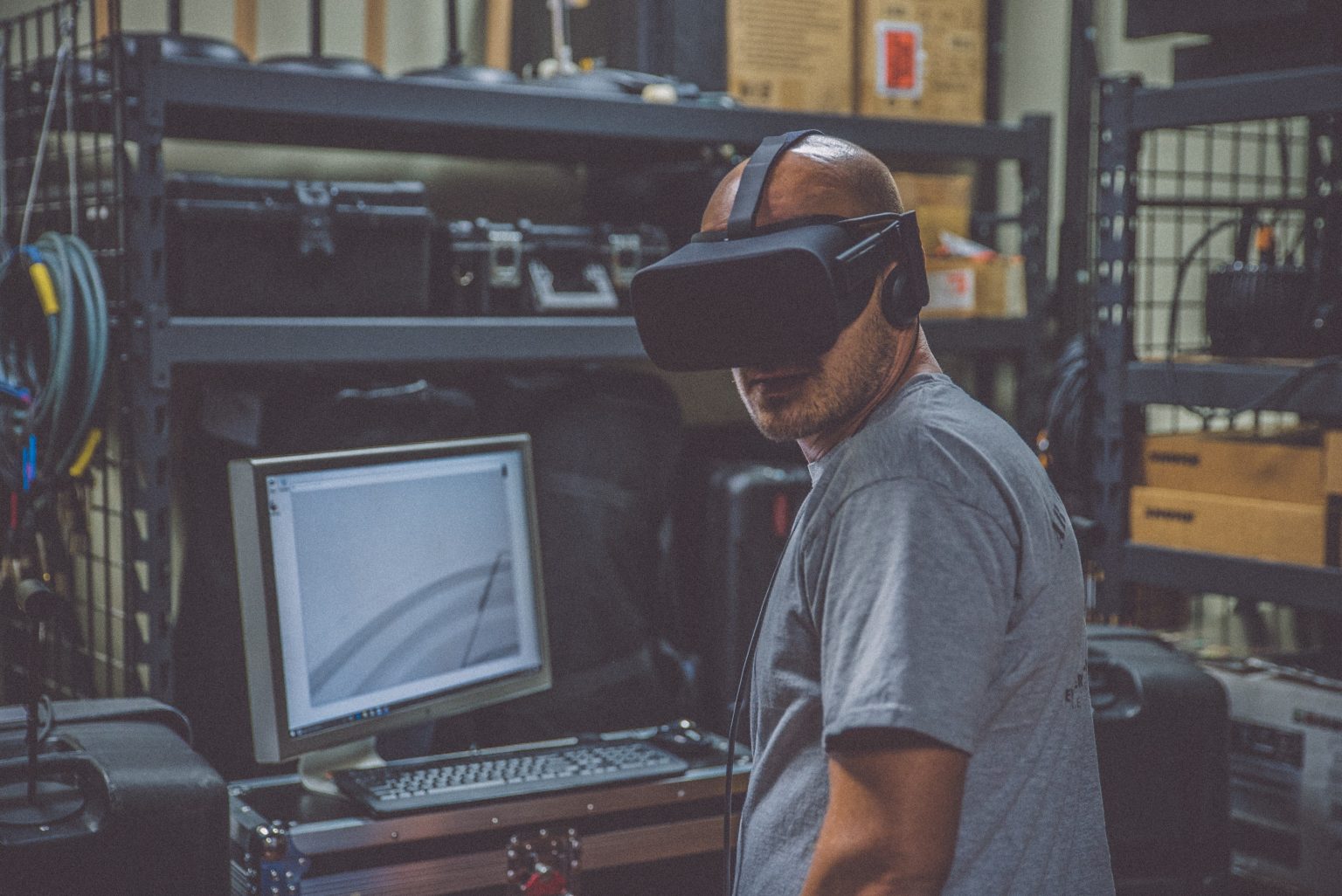While all manner of businesses are struggling to stay afloat during the coronavirus pandemic, some tech companies—including those working in virtual reality (VR)—are seeing an increase in demand.
The tourism and property industries, as well as global conferences, have all turned to the technology in an effort to carry on, despite the challenging circumstances. There has been a significant spike in audiences streaming VR content and watching 360° video and as WFH becomes the new normal, VR communication and training platforms, like Rumii, are seeing an increase in usage—as much as 50 percent in Rumii’s case.
Some of these changes will prevail after the crisis has passed. We can expect more consumers and businesses to have an appetite for VR. Now is an interesting time to look at the industry and the career prospects it offers.
Before lockdown, I was constantly meeting people who wanted to upskill, reskill, or even completely retrain in immersive technology, and I tended to get asked the same sorts of questions:
“Where should I start?”
“Is there a good course I should apply for?”
“What skills are really needed?”
So, here are some tips for getting started in the industry for anyone wanting to embark on career in virtual reality.

Where Do I Start?
If you’re interested in the software side of things, you’ll need experience working with 3D modeling and design software, integrated development environments, and programming languages such as C# or C++. In addition, graphics programming and even game development practices are useful.
If you’re more interested in building new platforms, headsets or devices—the hardware side of things—you’ll need to become familiar with hardware engineering and modern electronics.
Basic information technology (IT) knowledge and skills may also help you progress. Many augmented reality (AR) and VR platforms deal with networking and connectivity. While experience in data handling and cybersecurity could be useful as the streaming experiences and content delivered on a VR platform will be collecting and amassing data, and it needs to remain secure and private.
Mobile application and software development experience may be an incredibly lucrative path to follow if augmented reality is a sector you want to pursue.

What Does My Portfolio Need To Contain?
Ideally, your portfolio should include a range of work/projects to showcase the breadth of your skills and experience. Including “works in progress” can be a great way to show your process. However, be wary of including any examples that you’re not happy with, or which don’t accurately reflect your abilities.
There are generally two main types of interactive VR employee: the “VR Developer” and “3D Artist”. A strong portfolio of a “VR Developer” would include:
- A showreel of VR experiences or games created in a game engine
- Detail of content created
- Example code in C#, C++ or equivalent and/or UE4 Blueprint examples
- A link to the game or experience for download
A strong portfolio for a “3D Artist” would include:
- A showreel of game-ready assets
- Turntables
- Wireframes and examples of those assets in engine—UE4, Unity or Marmoset—it would be even better to see them in use

What Roles Exist In VR?
VR is currently very similar to traditional 3D game development in terms of pipeline. Modeling and animating are completed in 3ds Max or Maya, sculpting and texturing in ZBrush, Mudbox, or Mari and Unreal Engine or Unity are used to bring the project together. Content is then delivered for Oculus, HTC Vive, Playstation VR, etc.
Pretty much anything you’d see in software development as a common career path is something you’ll also see in virtual reality. This includes positions such as:
- Software Engineer
- Artist (3D modeling, VFX)
- Experience Designer/Writer
- Producer/Project Manager
- Quality Assurance
- UI and UX design
- And much more

Top Tips
- Stay up-to-date on the latest VR trends and technology. Follow the topic on social media, attend webinars, and conferences.
- It’s important to stay curious and open-minded. Immersive tools and techniques are no longer confined to games studios. These skills can now be applied to numerous industries including automotive, marketing, and film.
- If you have limited experience, build something yourself and put it out there. The quality of your initial work may not be the best, but the commitment to building things and practicing in your free time will set you apart and show you are serious about a career in VR.
- Make connections. Approach companies whose work you admire, if they can’t offer a job perhaps they can offer advice. Joining groups on professional social networks can also help as many VR professionals belong to and network within these groups.
- Develop your strengths, but also learn about the whole process. A good artist who understands a bit about programming, or a good programmer who understands a bit about art, will be more employable than someone who is just OK at both.




